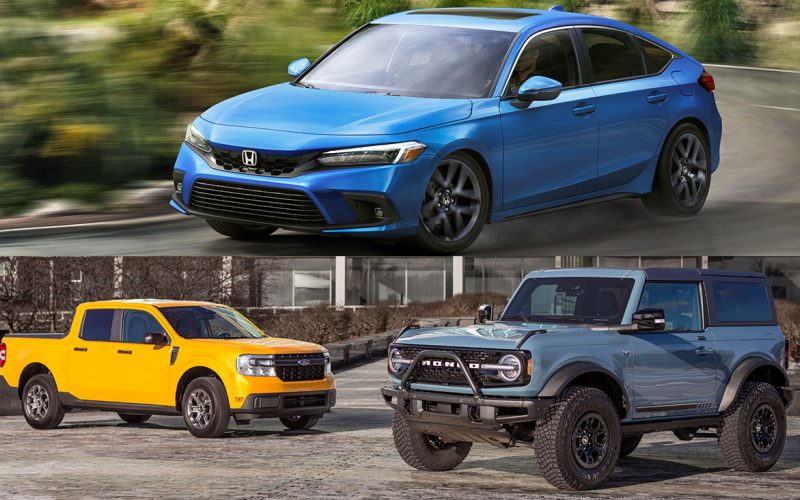
Reading Time: 4 minutesFord has been on a roll lately, winning two of last year’s North American Car, Truck
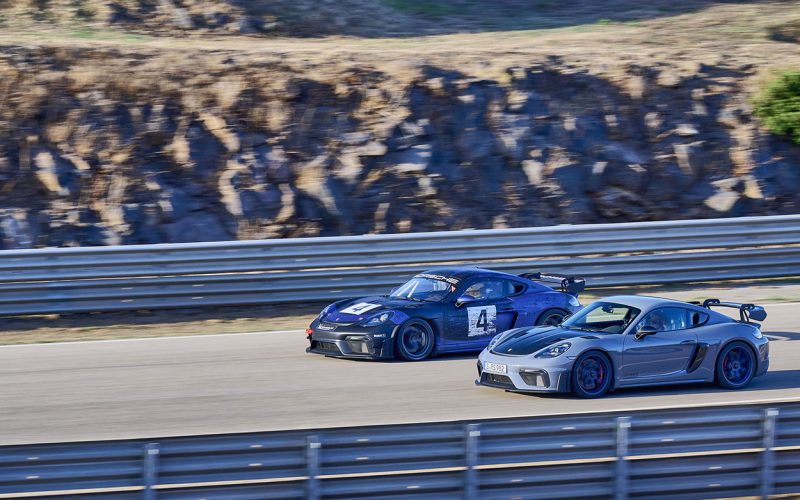
Reading Time: 3 minutesJust in case Porsche’s new 2022 718 Cayman GT4 RS isn’t intense enough for you, a
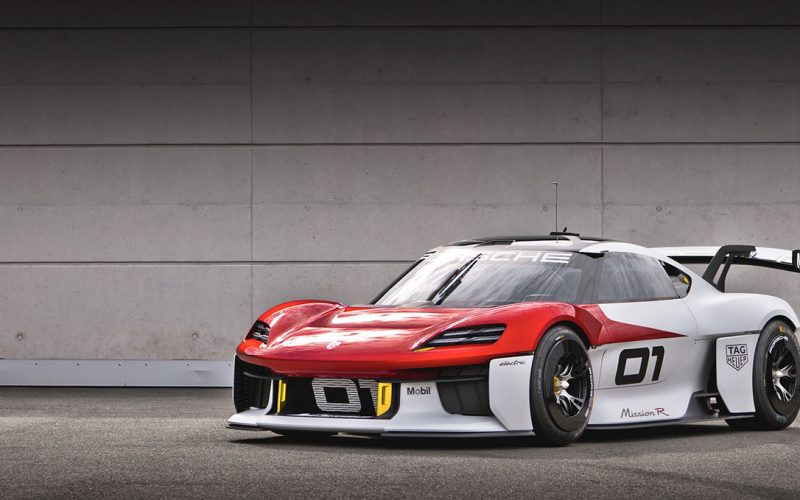
Reading Time: 6 minutesWith an automotive world shifting away from gasoline- and diesel-powered internal combustion engines, and toward battery
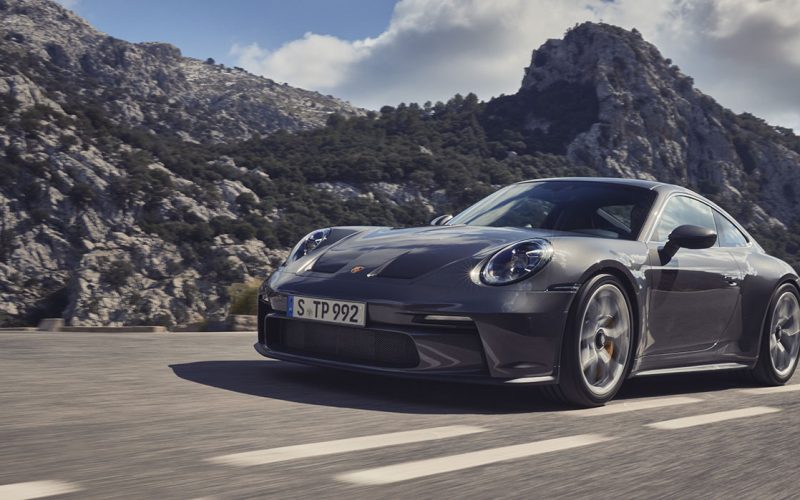
Reading Time: 6 minutesIf you want the purist of 911s, look no further than the fabulous GT3 coupe (we
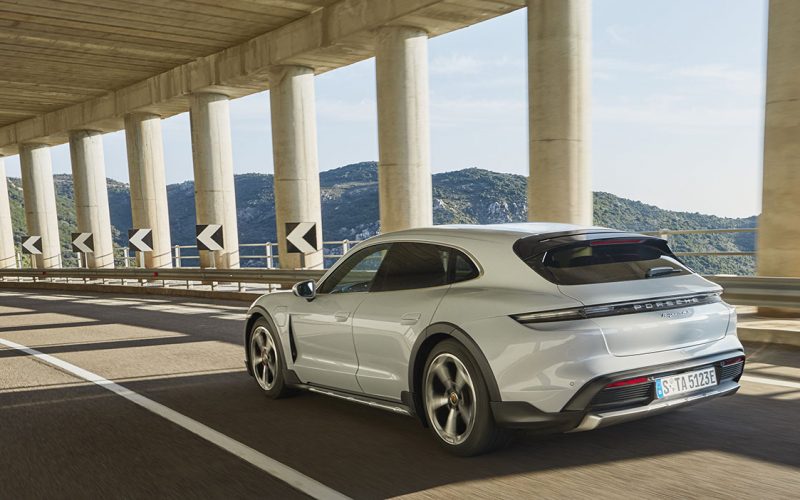
Reading Time: 5 minutesFocusing on practical considerations when spending between $120,000 and $220,000 on a new car might not
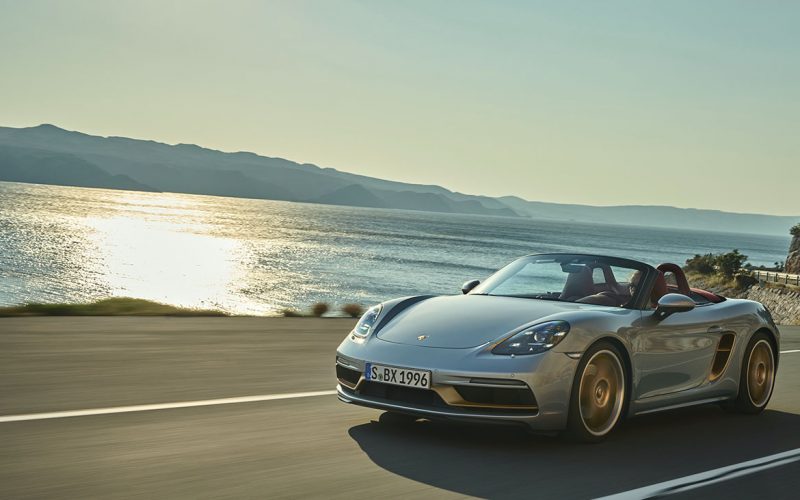
Reading Time: 5 minutesFew sports car concepts excited the motoring masses like the original Porsche Boxster prototype did when
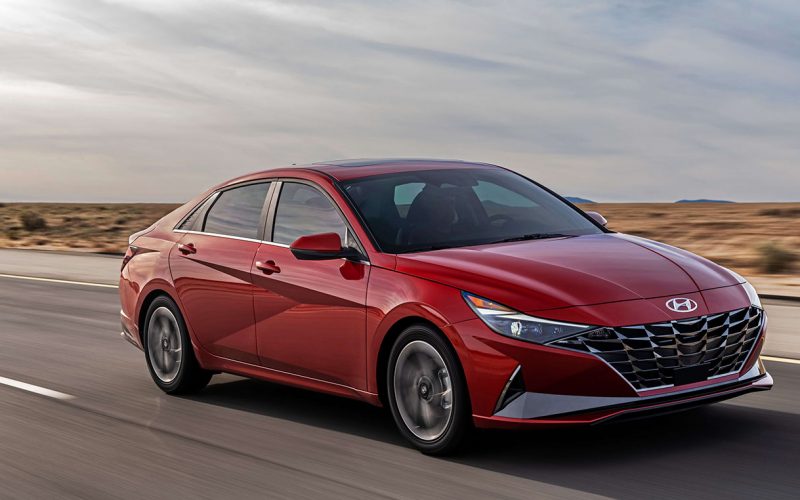
Reading Time: 3 minutesJust as the glitter and confetti from all our New Year celebrations is being swept up,
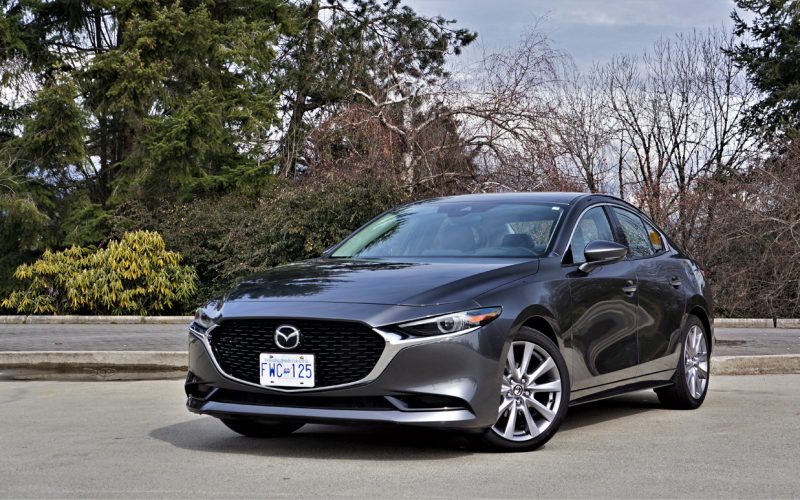
Reading Time: 15 minutesPerfect? No. Excellent? Yes. That’s it. I’m done. How I wish it were that easy to
© 2025 The Car Magazine. All Rights Reserved, Privacy Policy | Terms of Use